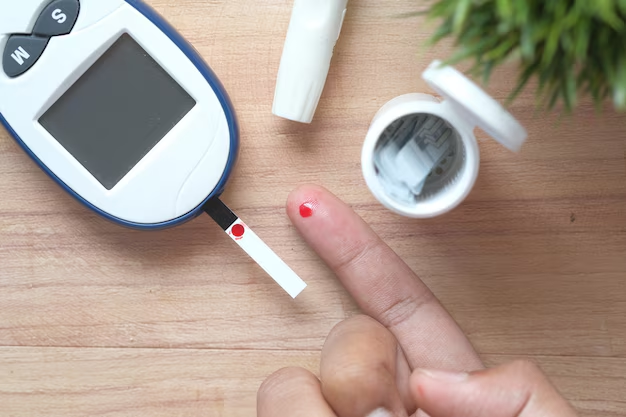Understanding Diabetic Coma: What You Need to Know
When diabetes is mentioned, many envision daily blood sugar checks and insulin shots. However, one of the most severe and less often discussed risks is a diabetic coma. This life-threatening condition results from extremely high or low blood sugar levels, leaving the individual unconscious and requiring immediate medical attention. But what exactly causes a diabetic coma, and how can it be prevented?
What Causes a Diabetic Coma?
A diabetic coma can be triggered by:
Severe Hypoglycemia (Low Blood Sugar): An excessively low blood sugar level can lead to confusion, inability to focus, and in severe cases, unconsciousness. It often results from taking too much insulin, missing meals, or engaging in intense physical activity without matching carbohydrate intake.
Severe Hyperglycemia (High Blood Sugar): When blood sugar levels soar, either due to missed insulin shots or ineffective medication, the risks increase. Hyperglycemia can eventually lead to conditions known as diabetic ketoacidosis (more common in Type 1 diabetes) and hyperosmolar hyperglycemic state (more typical in Type 2 diabetes), both of which can cause coma.
Dehydration: Particularly in hyperglycemic conditions, the body’s attempt to rid itself of excess glucose can lead to frequent urination, causing dehydration and exacerbating the situation.
Recognizing the Symptoms
Early intervention is crucial in preventing a full-blown diabetic coma. Be on the lookout for:
Hypoglycemia Symptoms: Dizziness, sweating, confusion, and irritability are key indicators of low blood sugar.
Hyperglycemia Symptoms: Excessive thirst, dry mouth, frequent urination, and blurred vision signal high blood sugar levels.
Prevention and Management
Effectively managing diabetes is your first defense against a diabetic coma. Here’s how to do it:
Monitor Blood Sugar Regularly: Consistent monitoring helps in maintaining levels within the target range.
Follow Your Treatment Plan: Adherence to prescribed insulin or medication regimens is paramount.
Balance Your Diet and Exercise: Eating balanced meals and exercising regularly can significantly help in keeping blood sugar levels stable.
Educate and Communicate: Family members and friends should be educated about the signs of abnormal blood sugar levels and know how to respond in emergencies.
As diabetes management becomes increasingly costly, affording necessary treatments might seem daunting. Fortunately, there are numerous financial assistance programs available, ensuring individuals not only manage their health but thrive financially.
Financial Assistance and Support
Government Aid Programs: Such as Medicaid and Medicare, to help alleviate the financial burden of long-term diabetes management.
Debt Relief Solutions: Resources like credit counseling services that can provide advice on managing medical debt effectively.
Educational Grants for Healthcare: Available for both patients and caregivers, offering financial support for better diabetes education.
Credit Card Solutions: Specific cards offer rewards or cashback for medical expenses, easing the financial load.
Here’s a handy list of resources:
- 🏥 Medicaid and Medicare: Government programs providing healthcare coverage.
- 📉 Credit Counseling Services: Assistance in managing medical bills and debt.
- 🎓 Educational Grants: Funds for advancing knowledge in diabetes care.
- 💳 Healthcare-focused Credit Cards: Specialized credit options with medical expense benefits.
By understanding the risks of a diabetic coma and utilizing available resources, patients and their families can navigate the complexities of diabetes management with confidence and financial peace of mind.
